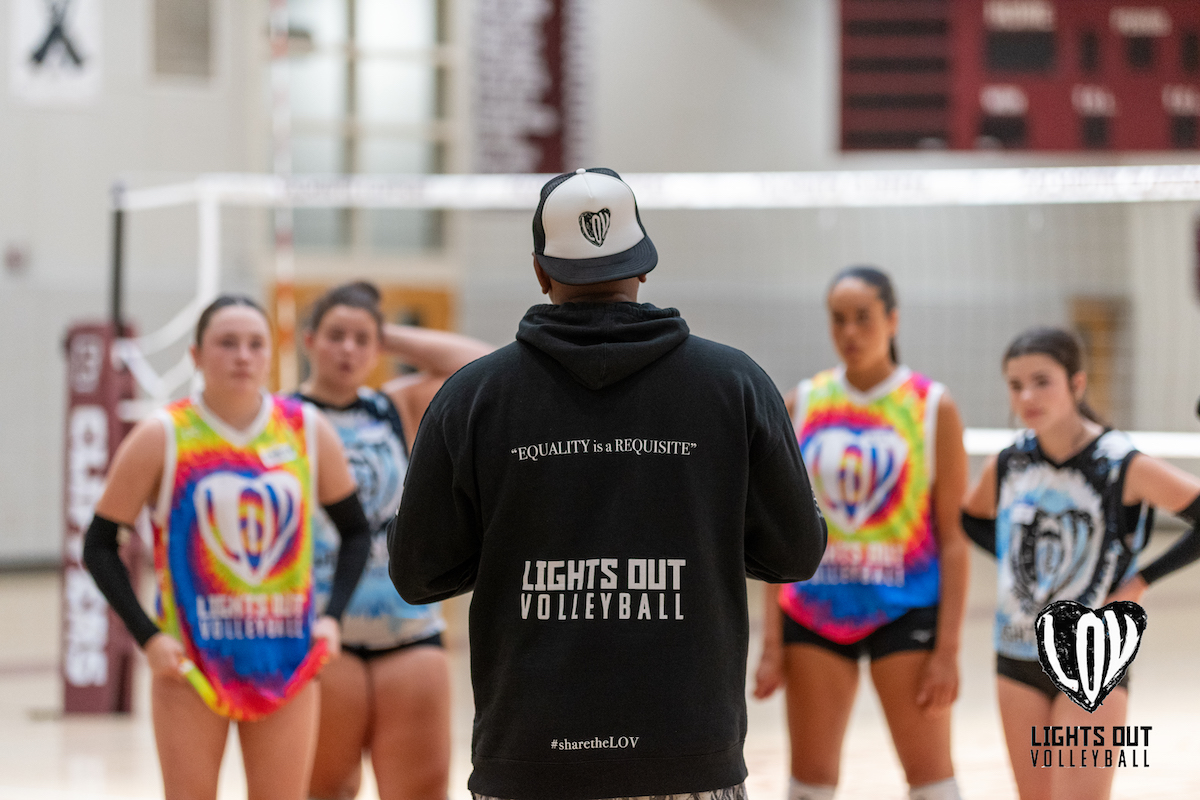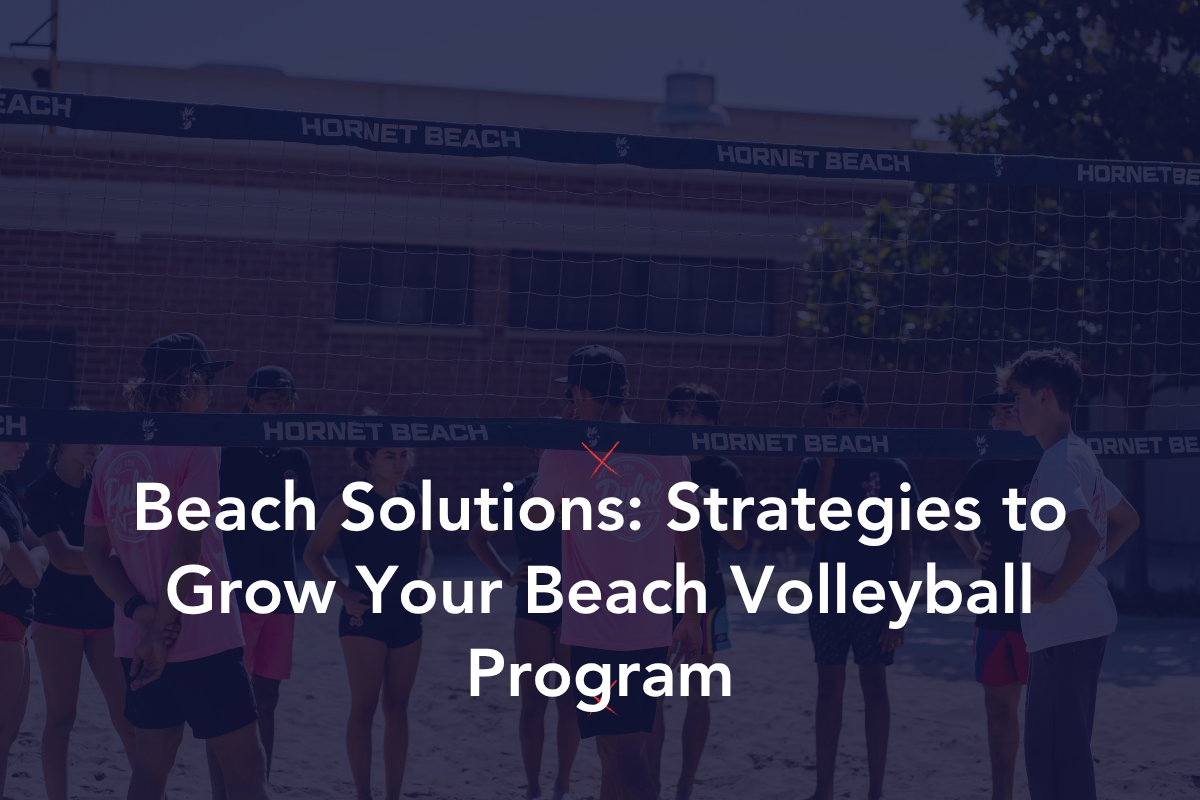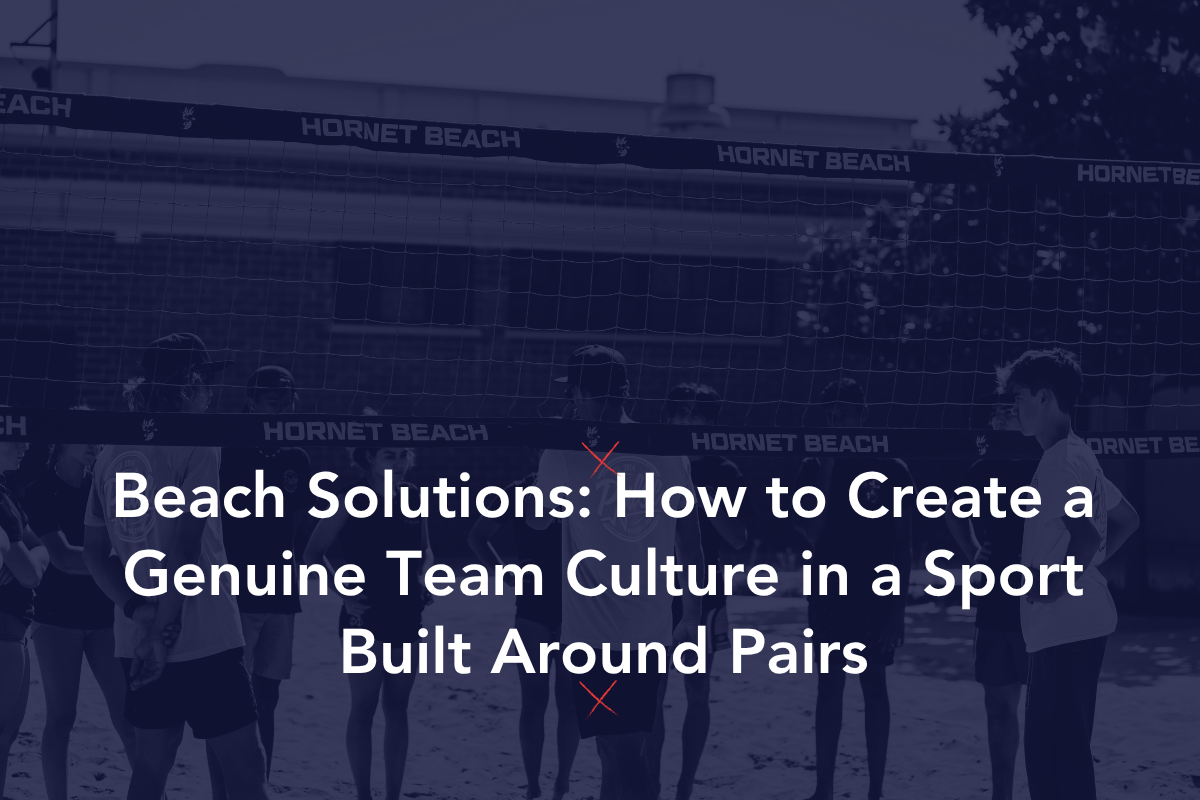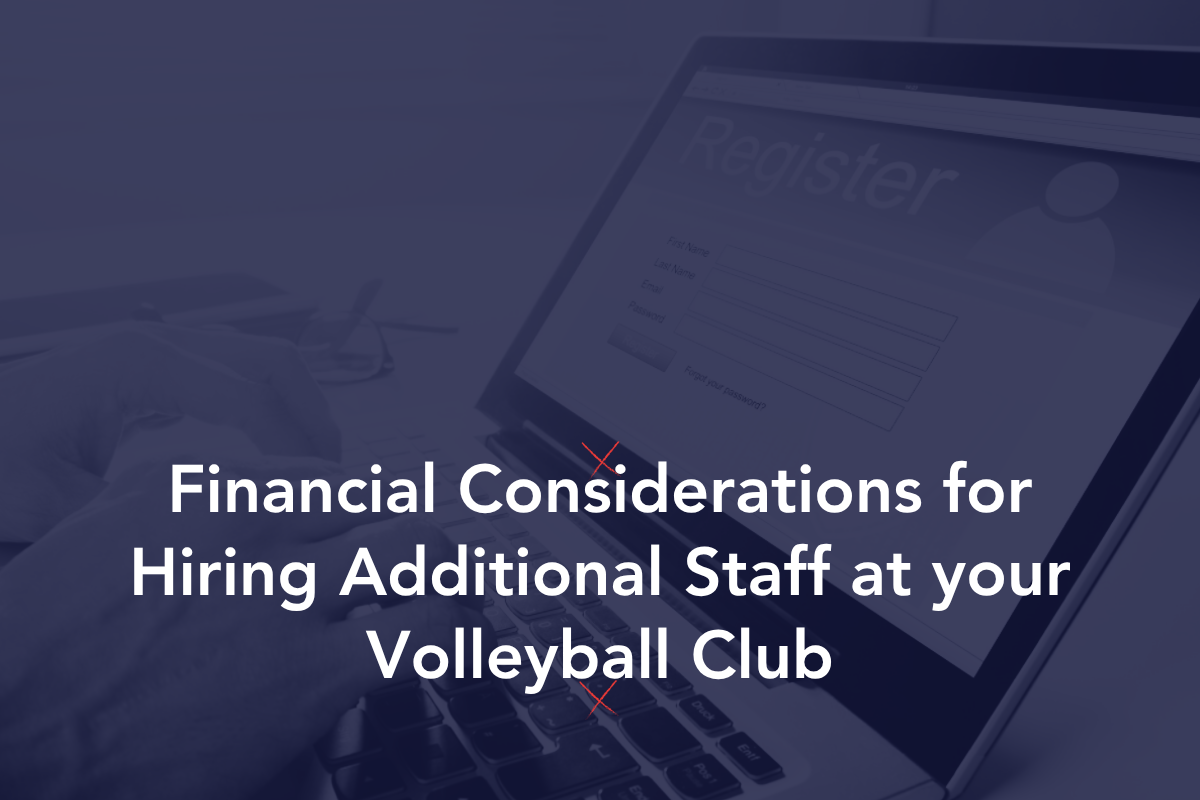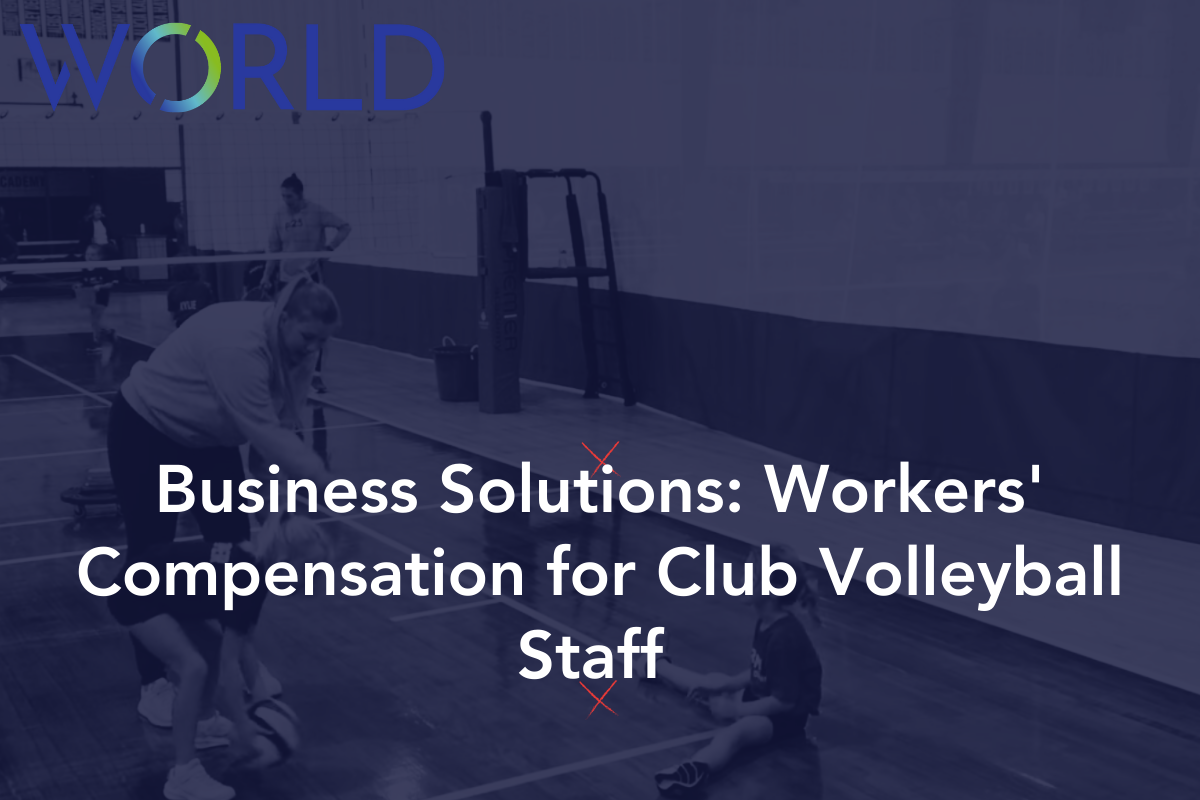
Implementing prevention strategies is the key to keeping your athletes healthy, playing, and assisting the team with earning more wins. Since injury is often caused by poor biomechanics, neuromuscular deficiencies, overtraining, and decreased flexibility, effective preventative strategies include integrated flexibility, proprioceptive training, strengthening, a focus on proper technique, and progressive plyometric training.
Here are key strategies to implement to prevent common volleyball injuries:
Preventing ACL Injury
Research continues to show that female athletes are at a greater risk of ACL injury compared to males. Possible explanations for this increased risk in females include:
- A structurally weaker ligament that is more prone to injury
- Wider hips and a narrowing at the knee and ankle leading to development of less knee protection and higher relative loads on the ACL
- Landing mechanics characterized by greater extended posture (i.e., less hip and knee flexion), resulting in greater forces at shallow knee angles as well as greater knee valgus.
Along with teaching proper landing mechanics among female athletes to help reduce the stress on the ACL during sport activities, improving muscular strength and coordination among the muscles crossing the knee joint may prove valuable in reducing the risk of ACL injuries.
ACL injury can be prevented with these two programs:
- Proprioception-balance training and flexibility training through yoga classes designed specifically for athletes*
- Plyometric-agility training and technique-movement awareness training through HIIT style Jump Training**
*Yoga for athletes is not “athletic” or “powerful” yoga – it is a method of recovery used to balance out the physical demands, repetitive actions, and mental stress of the gym/court/field. Athletes in all stages of development benefit from the effects of yoga, using it to progress to the next level of performance goals, both physically and mentally. Benefits include: muscle recovery, increased flexibility and range of motion, and improved balance and body awareness.
**Jump Training is done in 4 phases to match the athletic season and is designed to achieve vertical goals at a faster, more specified pace.
Preventing Low Back Injury

Exercise is an important component to treating and preventing non-specific low back pain. Strengthening exercises targeting the lumbar spine, lower limbs, glutes, and abdominal muscles were successful to decrease pain and improve function.
Therefore, a low back injury prevention program should include a variety of exercises aimed at:
- Improving flexibility of overactive muscles
- Strengthening inhibited muscles
- Improving overall neuromuscular control
All of which would be included in yoga classes designed specifically for athletes.
Preventing Shoulder Injury

I’m sure you also have athletes with shoulder injuries. A shoulder injury prevention program should include:
- Soft tissue mobilization and self-myofascial release techniques used to increase extensibility of the overactive muscles
- Static or neuromuscular stretching exercises performed for 30–45 seconds on overactive muscles
- Isolated strengthening exercises used to facilitate the under active muscles of the scapulae – recovery and dynamic
These would all be included in different styles of yoga classes designed specifically for athletes, with SMR* being the focus for the first two strategies.
*SMR uses therapy balls to increase range of motion by alleviating myofascial trigger points and areas of hyper-irritability located within a band of muscle.
Preventing Negative Psychological Effects of Injury

Although injury rehabilitation primarily speaks to physiological damage, there is an equally important psychological aspectthat must be addressed. Feelings of discouragement, disappointment, and fear need to be managed to keep your athletes healthy and playing at their best.
Athletes must be encouraged and motivated through the healing process. Negative attitudes should be redirected so the athlete can focus on whatever is needed to return the athlete to competition. Documenting small incremental improvements can instill confidence and motivate progress.
Performance meditation* and breathwork** are immensely helpful in supporting the athlete through this process and improving their mental health.
*Meditation cultivates a resilient mindset, identifies distractions, and improves focus when needed most.
**Breathwork improves respiratory muscle function, increases oxygen efficiency, and controls emotions with specific breathing techniques.
Easily Implement Recovery
As a club director, your plate is full. You are wearing several hats. You’re in charge of, well, pretty much everything. So, making space to try to implement an injury prevention program can seem unrealistic. But if you consider the health of your athletes, the outcome of your season, and your ability to recruit top talent, you may be interested in implementing a program that benefits all of these areas without taking up much of your time.
Yoga Athletex offers the perfect solution: YAX Online! It’s an on-demand recovery platform developed with the knowledge of the epidemiology of injury and effective prevention strategies. It features 200+ videos of recovery methods such as yoga, breathwork, mediation, SMR, and more – all designed to improve performance, decrease injury, and increase playing time. A jump training program is also available as an add-on.
How to Get Started
INQUIRE: Fill out THIS FORM to get a quote. You’ll receive a proposal with discounted team pricing and you’ll have the option for a complimentary Zoom call to go over any questions.
REGISTER: Sign up and submit payment.
ONBOARDING: Provide your athletes’ names and emails so they can be sent their logins to start using YAX Online! You’ll get an onboarding Zoom call with your team or club to help your athletes get started.
Free Recovery Guide
This Recovery Guide provides a clear blueprint for incorporating recovery methods (such as yoga, meditation, and breathwork) into into training depending on the athletic season (pre-season, in-season, post-season, and off-season).
into into training depending on the athletic season (pre-season, in-season, post-season, and off-season).
For each season, it gives you a class type for:
- Off Days
- Practice Days
- SAC Days
- Game Days
- Tournament Days
Questions?
Yoga Athletex would be happy to answer any questions you have! Please email hello@yogaathletex.com and we will get back to you shortly.





